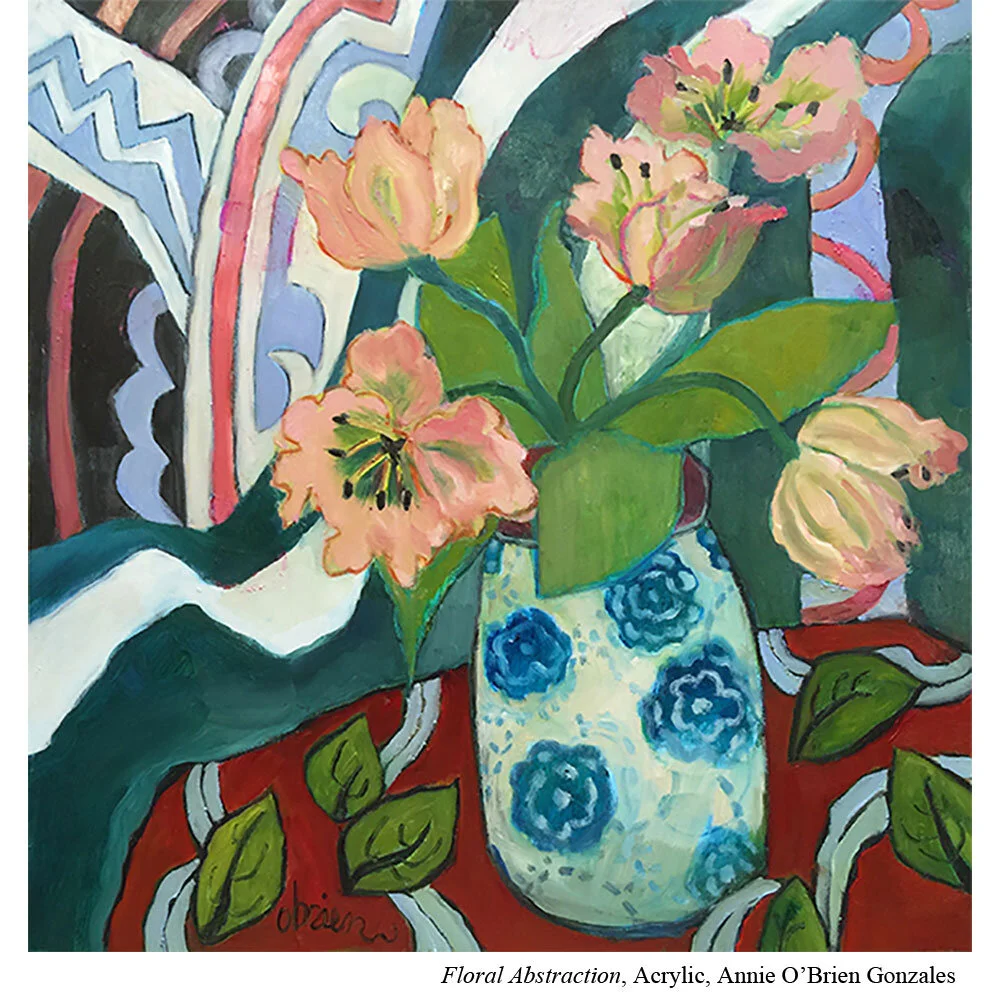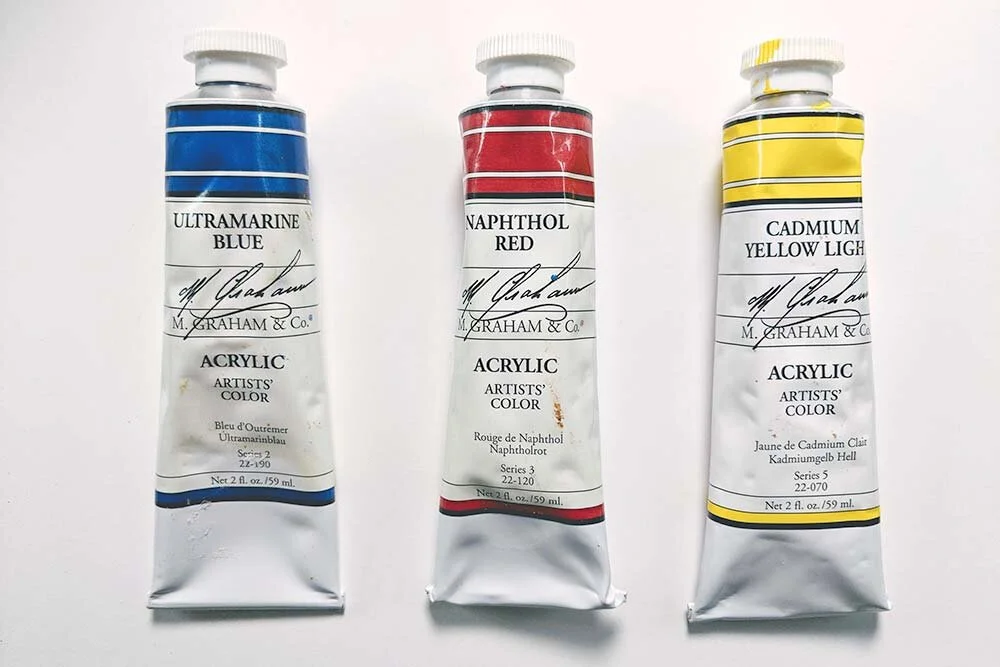How to Make Your Tube Colors Work For You - Two Tips from Annie O’Brien Gonzales
If you look at Ep.1 Annie O’Brien Gonzales’ work, you’re not going to be surprised that the Santa Fe Artist loves colors. She’s known for her color work and it means that her students are asking her about it consistently.
“I see a lot of problems with color, to be honest with you,” says Gonzales. “I think somehow we've convinced people the color is so complicated and scientific and difficult that you have to get all those charts and books and things to get to figure out color and that you need to know formulas. It kind of scares people.”
Color, Gonzales knows, doesn’t have to start super complicated. Annie’s goal as a teacher is to simplify. And it begins with the tubes of paint, which is where she sees artists getting into trouble.
“Anyone who has painted very much can recognize the tube color,” says Gonzlaez.
Gonzales warns that colors straight from the tubes are predictable. But don’t worry, she has two fixes that are so simple, you can use them on your very next painting.
Colors straight out of the tube can be predictable. Gonzales has an easy fix for that.
Mix Your Tube Colors
The first suggestion Gonzales advises is to always mix your tube colors with another color. Even if it’s just a little bit.
”Think of it as taking it just slightly off-center a bit,” says Gonzales.
It doesn’t take much to move from an expected out-of-the-tube color to something just slightly different. You could add a touch of any other color, white or black. Even just a tiny bit of adjustment makes a huge difference.
Mute Your Colors
The second suggestion is to learn how to mute your colors.
To mute your colors you are making them less intense (intensity is a characteristic of color and we will talk more about it in the weeks ahead.)
If you think of a color wheel, to mute your color you want to bring it more toward grey. The way you do that is to add just a touch of the color’s opposite (or complementary) color is.
For example: If you’re using a tube red, add a touch of its opposite, green, to mute it down just a little.
Again, that subtle shift will make a big difference in how predictable your tube colors look.
PUT IT TO PRACTICE:
The next time you’re thinking of using a color straight from the tube, try shifting it just slightly by adding a touch of any other color or by graying it down by adding it’s opposite.
This is a great way to practice color mixing but also to create something more visually unexpected in your painting’s colors.



